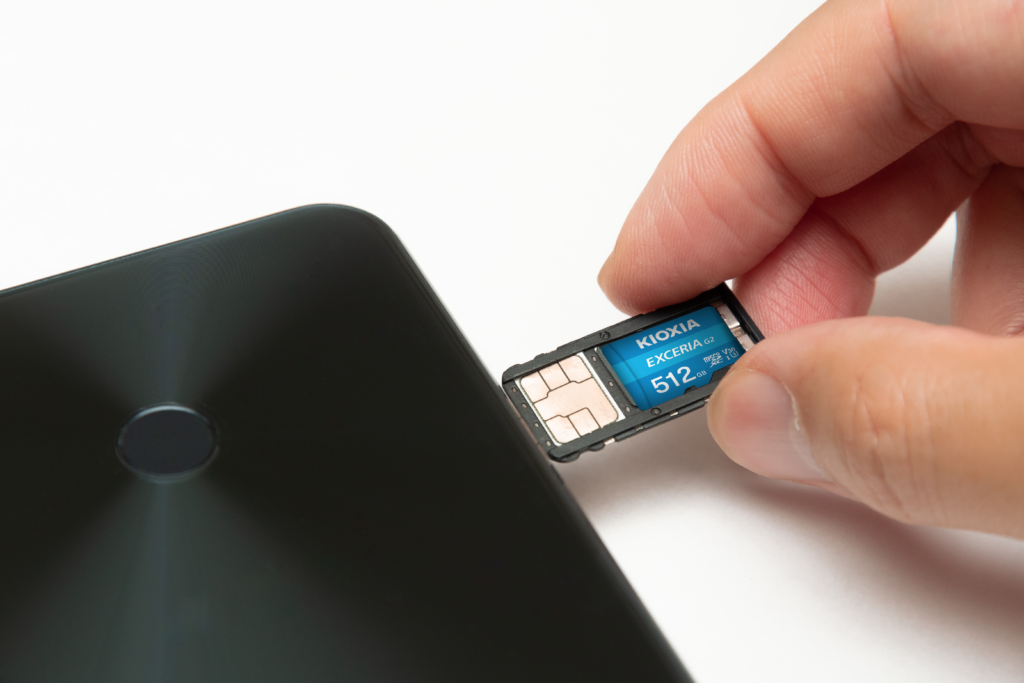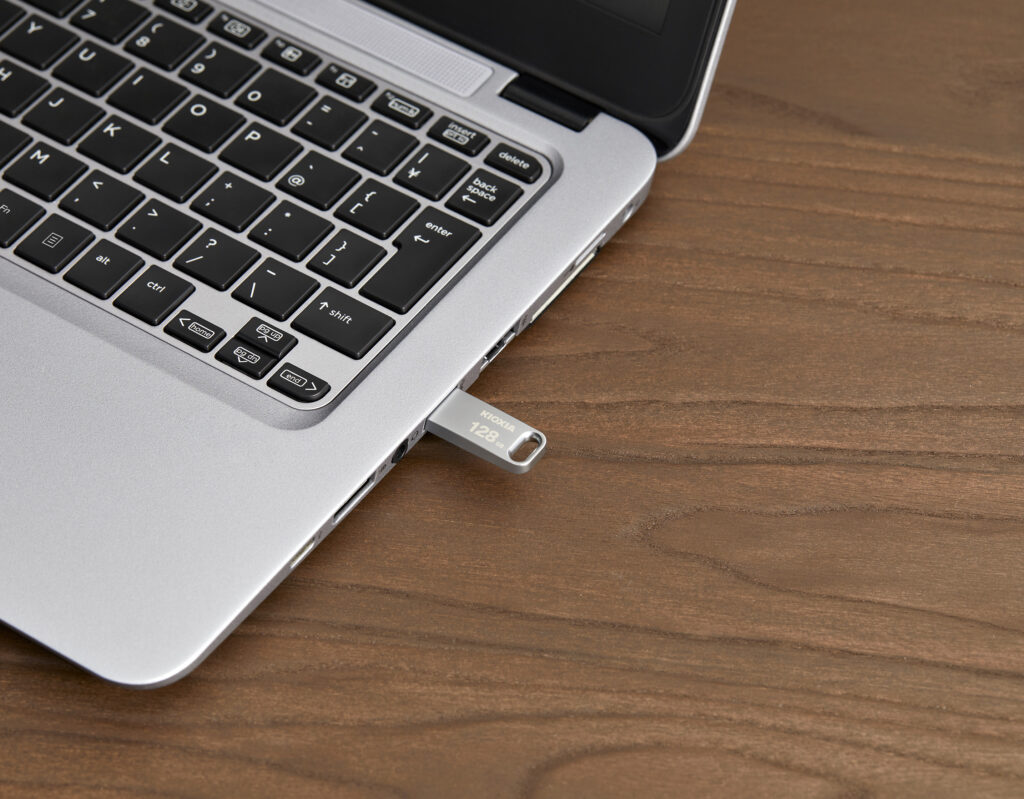
The innovator of flash memory goes from strength to strength

Keeping up with the ever-increasing data requirements for businesses can feel like an uphill struggle. Yet, succeeding in the hunt for power and speed in digital products can make all the difference when it comes to besting competitors. On top of this efficiency, executives want to ensure their data is safe and secure.
This is why it is so essential to get the most reliable memory products behind you from the very start.
Enter Kioxia – formerly Toshiba Memory – the inventors of revolutionary NAND flash memory 36 years ago. This technology allowed for more ‘memory cells’ – the units set at either ‘0’ or ‘1’ to represent data – to be lined up on a storage platform than before, lowering the cost per bit and the speed of data transfers. It also reduced erasing and writing times, and offered enhanced vibration resistance due to not being reliant on moving parts like its predecessor; the spinning hard disk drive.

Since then, the Japanese company has stayed ahead of the curve when it comes to memory solutions, which have been implemented in everything from microSD cards for smartphones to data center-class SSDs.
Its over 694,000-square meter Yokkaichi Plant is one of the world’s largest flash memory production factories, and has been implementing artificial intelligence (AI) into its processes to maximize efficiency. This includes machine learning technology that can spot defects and failures, and robots that automate workflows.
In February, the company was named one of the Clarivate Top 100 Global Innovators, recognizing its ever-growing intellectual property (IP) collection.
At the cutting edge of flash memory
Key among Kioxia’s innovations is 3D flash memory technology, created in collaboration with Western Digital. In these storage products, the memory cells are arranged vertically, stacked one on top of the other, rather than in a two-dimensional plane. In March, the two tech giants unveiled the eighth-generation BiCS FLASH, which has 218 layers and offers greater cell capacity on a smaller die.
Each semiconductor wafer and cell array wafer are also manufactured separately before being bonded, allowing for “the industry’s highest bit density”, according to Kioxia CTO Masaki Momodomi. As a result, BiCS FLASH offers fast reading/writing speeds of over 3.2 Gb/s, a 60 percent improvement from the previous generation. It can also work in both quad-level and triple-level cell modes, meaning it can be implemented in premium SSDs as well as PCs and data centers.
Keeping your data in the right hands
Kioxia has been focusing on the robustness of its memory products, an example of this being the new EXCERIA PLUS Portable SSD. This comes with an SSD Utility software tool that allows the user to check storage health, install updates, and change settings, helping to ensure their data’s safety. The card can also be password protected at a firmware level.
Storage solutions for all
But Kioxia’s innovations don’t just have applications for the business world. A high-definition photo stored in a smartphone can recall a vivid, human memory, and all the emotions that come with it. This ability is priceless for many everyday users of Kioxia products. These include high-performance memory cards for portable devices, ensuring there are no tangible limits to how many holiday snaps you can take. But if you do run out of space, Kioxia also offers SSDs (with SATA and NVMe options) for personal computers, as well as USB thumb drives with up to 256GB of storage to allow customers to share their memories easily.

The company’s technology has been used in developing mobile storage solutions for years, helping consumers experience their most cherished moments all over again. Moreover, many are now using the AI chatbot ChatGPT as their go-to search engine, whether to help draw up a work-related presentation or discover a new dinner recipe.
Kioxia is active in this space too, developing so-called ‘Memory-Centric AI’, which promises to be more energy efficient and less inclined to perpetuate bias. Memory-Centric AI differs from conventional AI in that it stores its training data externally and pulls only from the relevant parts to complete tasks.
Yasuhito Yoshimizu, from Kioxia’s Institute of Memory Technology Research and Development, said: “Conventional AI solves arithmetic problems by using a calculator to do the calculations. Memory-Centric AI, on the other hand, has an index listing all of the calculation methods and answers, so it can look up the answers and figure out which page to go to in order to solve any given problem.”
Despite dropping the familiar Toshiba name in 2019, Kioxia has maintained its status as the leading developer of flash storage technology. While some tech giants, like Intel, have moved away from developments in the area, it remains the element of the IT stack that keeps both business and consumer tech working at high speed.
To learn more about Kioxia’s product range, or how the company is making waves in memory technology, click here
READ MORE
- 3 Steps to Successfully Automate Copilot for Microsoft 365 Implementation
- Trustworthy AI – the Promise of Enterprise-Friendly Generative Machine Learning with Dell and NVIDIA
- Strategies for Democratizing GenAI
- The criticality of endpoint management in cybersecurity and operations
- Ethical AI: The renewed importance of safeguarding data and customer privacy in Generative AI applications
